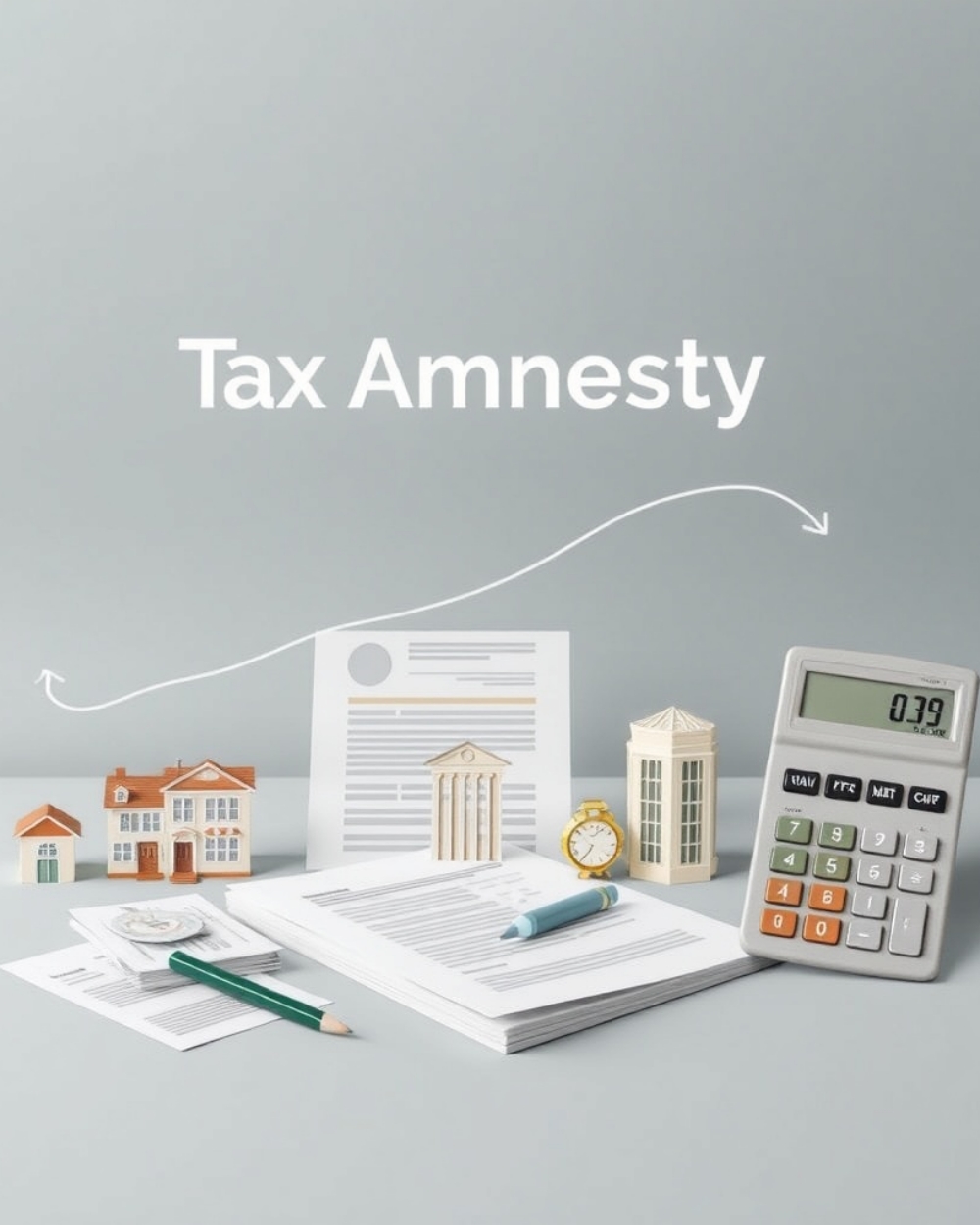Tax Law | Corporate Strategy | Business
Introduction: How To Stay Ahead in a Global Compliance Landscape
In today’s multinational business environment, corporate tax planning is no longer just about reducing liability—it’s about navigating an intricate maze of overlapping domestic and international tax codes while managing reputational risk, regulatory scrutiny, and business expansion. From the OECD’s BEPS Pillar Two rules to the Inflation Reduction Act’s tax credits, companies are facing unprecedented complexity and pressure.
For legal departments, CFOs, and tax advisors, the need for adaptive, forward-looking strategies has never been greater. This article explores key challenges and outlines best-practice approaches to corporate tax planning in a volatile legal and regulatory landscape.
The Modern Tax Environment: Fragmented, Aggressive, and Evolving
Globalization has created vast opportunities for cross-border growth—but also triggered increased tax enforcement and regulatory reforms designed to curb tax base erosion and profit shifting. As a result:
- Tax codes vary widely across jurisdictions, with frequent legislative updates and shifting interpretations.
- Digital services taxes (DSTs) and minimum effective tax rules now apply to industries that were once exempt from traditional tax regimes.
- Tax authorities are collaborating more than ever, using data-sharing and joint audit mechanisms under OECD guidance.
Meanwhile, public expectations around corporate tax behavior are rising—especially as governments seek to fund social programs and climate initiatives. Corporate tax disclosures are now reputation-sensitive, often attracting scrutiny from investors, NGOs, and journalists.
Key Legal and Strategic Challenges
1. Global Minimum Tax Implementation
The OECD’s Pillar Two rules, mandating a 15% minimum effective tax rate on large multinational enterprises (MNEs), have upended traditional low-tax jurisdiction planning. While the EU and several G7 countries are implementing these rules, U.S. alignment remains partial, causing complications for dual-compliant businesses.
Strategic Tip: Multinationals should invest in scenario modeling tools and jurisdiction-by-jurisdiction data tracking to anticipate exposure and prepare consolidated reports under GloBE standards.
2. Transfer Pricing Under Scrutiny
Intercompany pricing arrangements—particularly for intangibles and services—remain a major focus of tax audits globally. The line between arm’s length pricing and profit shifting is thinner than ever.
Best Practice: Ensure real-time documentation and substance-based analysis of IP ownership, service value, and supply chain function. Automated benchmarking tools and internal functional audits are becoming essential.
3. Navigating Tax Incentives and Credits
Laws such as the U.S. Inflation Reduction Act (IRA) and various green transition frameworks across Europe and Asia have introduced generous tax credits for clean energy, domestic manufacturing, and R&D. However, these incentives often come with strict qualification criteria and audit risks.
Strategy Note: Legal teams should coordinate with operations early in the project lifecycle to ensure design-to-comply implementation, especially for solar, EV battery, or hydrogen investments.
4. Hybrid Mismatches and Anti-Abuse Provisions
Tax arbitrage via hybrid instruments or entities is being aggressively targeted through anti-hybrid rules, CFC regimes, and general anti-avoidance rules (GAAR).
Pro Tip: Conduct a “substance over form” review of cross-border financing and partnership structures. Countries are increasingly evaluating purpose and economic reality—not just paper compliance.
Structuring for Efficiency While Maintaining Compliance
Modern tax planning demands a three-dimensional strategy:
- Legal Alignment: Ensure all structures and filings are aligned with local laws, double tax treaties, and current interpretations of economic substance.
- Operational Integration: Tax strategy cannot be siloed. Legal counsel must collaborate with business units, finance, HR, and supply chain management.
- Risk Management: Build in audit readiness, reputational risk analysis, and compliance controls to detect and respond to changes in the law or audit exposure.
The Rise of Tax Technology & Automation
Tax technology is becoming a critical tool in reducing errors, increasing compliance efficiency, and producing actionable insights. Enterprise tax software now includes:
- Real-time tax impact modeling
- AI-assisted compliance tracking
- Transfer pricing engines
- E-invoicing and VAT filing modules for international requirements
Legal departments are also leveraging tax-focused legal tech to automate documentation for intercompany agreements, BEPS CbCR filings, and tax rulings.
In-House Counsel’s Expanding Role in Tax Strategy
Historically, tax was a finance function. Today, general counsel and legal teams are key stakeholders in crafting and approving tax strategy. Their role includes:
- Interpreting new tax legislation and treaty impacts
- Advising on the legality of aggressive planning structures
- Overseeing tax controversy and audit resolution
- Supporting ESG disclosures related to tax transparency
“Tax law is now where corporate law was 15 years ago—it’s strategic, reputational, and high-profile,” says Marlene Ho, Global Tax Counsel at a leading logistics company.
Final Takeaways: Legal Strategies for Navigating Complexity
To thrive in this tax environment, companies must take a compliance-first, substance-driven, and technology-enabled approach. Key legal strategies include:
- Early involvement in business planning
- Thorough cross-border documentation and treaty analysis
- Proactive dispute resolution planning
- Alignment with ESG tax governance frameworks
As corporate tax policy continues to evolve globally, staying ahead means viewing tax law not just as a cost center—but as a strategic legal discipline.






